According to CNET, microplastics are everywhere, in the air we breathe, the water we drink, and the food we eat. They accumulate in clothes, cosmetics, fabrics, and dirt, including in the kitchen.
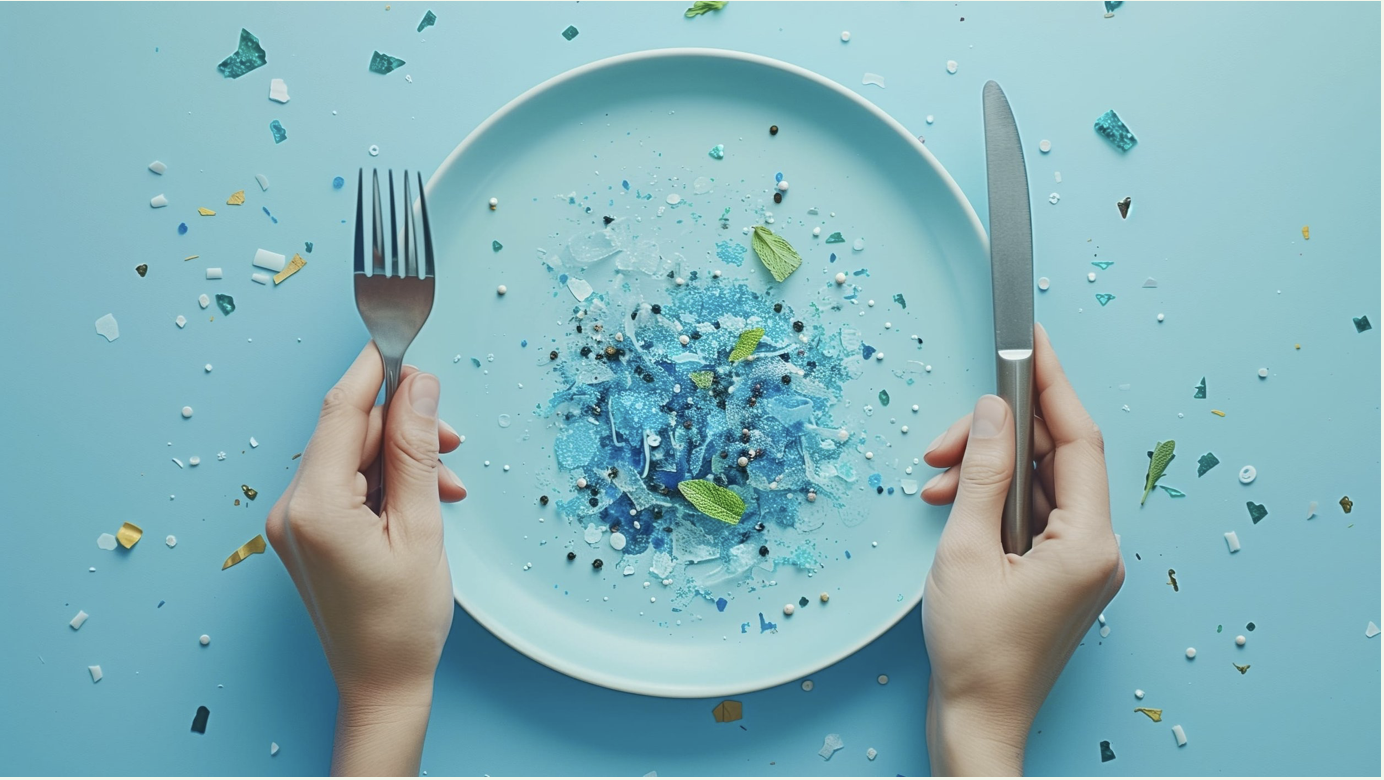
Microplastics are commonly found in homes, especially in the kitchen - Photo: Kanbol Corn Containers
Studies show that microplastics can cause serious health problems. They are common in homes, especially kitchens. Here are some places they might be lurking.
Non-stick cookware
A new study finds that plastic and non-stick cookware can release microplastics into food during cooking, significantly increasing the risk of exposure to these harmful contaminants.
Researchers in Australia estimate that Teflon-coated cookware can contain thousands, even millions, of microplastic particles.
A simple crack or scratch on your pan can expose you to more than two million microplastic particles.
Plastic food containers
As home delivery services become more popular, plastic containers are becoming more common, but they can release microplastics into food when heated or washed. A study found that the majority of reusable plastic containers commonly used by restaurants contain microplastics.
Plastic kitchen utensils
Studies show that, like plastic cookware, plastic kitchenware also releases microplastics into food, especially when it comes into contact with hot food. When you consume these dishes, you are also inadvertently introducing microplastics into your body and blood.
Tea bags contain a lot of microplastics
This may surprise you, but microplastics can also be found in tea bags. When tea is brewed, the tea bag is exposed to very high temperatures, which releases microplastics. This happens because of the polypropylene component, an important ingredient in tea bag manufacturing.
Researchers in Spain found that billions of microplastics and nanoparticles are released from a tea bag when steeped in each milliliter of water.
Spices in plastic packaging
Your jar of spices, such as paprika, could be full of microplastics depending on how it is packaged. Many spices now come in plastic packaging, which is worrying because a recent study found that all plastic containers tested contained microplastics. This could lead to microplastic contamination of food, a problem that has grown in recent decades.
Plastic straws
Plastic straws are particularly concerning because studies show that they release microplastics and nanoparticles, which can easily be inhaled directly into the body. Unfortunately, plastic straws are still very popular, with around 8 million tons of plastic ending up in waterways every year.
When straws and other plastics enter the aquatic environment, they not only pollute the water but also affect the soil and the animals in it.
Canned food box lining
BPA has been a controversial ingredient in the production of canned food linings because it can cause serious health effects.
Today, BPA-free liners like acrylic or epoxy polyester are more commonly used, but they are not completely safe either because they still contain microplastics.
Kitchen replacement items
Luckily, there are alternatives you can use. Before you put on your apron and head into the kitchen, consider adding the following items to reduce your exposure to microplastics.
Instead of using plastic cookware, you can try wooden or stainless steel utensils, try using glass, ceramic and steel containers.
Tea bags may contain plastic, but a safer alternative might be loose-leaf tea. To avoid the risk of contamination from the spices, switch to glass or ceramic packaging.
Plastic straws are harmful to both the environment and your body. A better alternative is a metal or bamboo straw that can be washed and reused. Even paper straws can be a better alternative to plastic straws.
The plastic lining in canned foods may contain plastic, so to minimize exposure, look for foods packaged in glass. You can also choose to use fresh and frozen foods without packaging.
Products like stainless steel pans, frying pans, and cast iron skillets are all options that can reduce concerns about additional exposure to plastic.
Source: https://tuoitre.vn/7-noi-trong-nha-bep-kha-nang-co-vi-nhua-an-nap-20250103145209379.htm


![[Photo] Looking back at the impressive moments of the Vietnamese rescue team in Myanmar](https://vstatic.vietnam.vn/vietnam/resource/IMAGE/2025/4/11/5623ca902a934e19b604c718265249d0)


![[Photo] "Beauties" participate in the parade rehearsal at Bien Hoa airport](https://vstatic.vietnam.vn/vietnam/resource/IMAGE/2025/4/11/155502af3384431e918de0e2e585d13a)








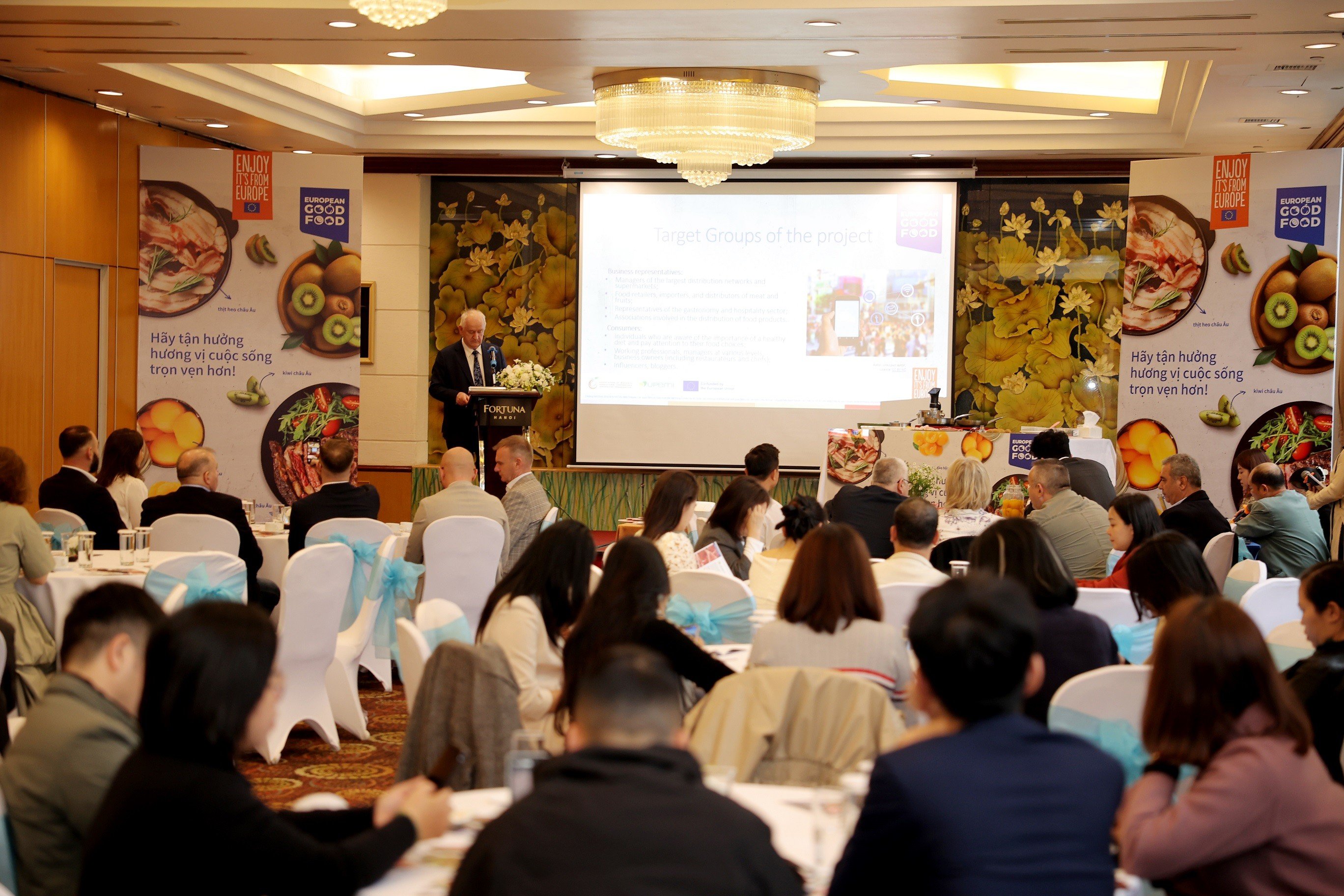



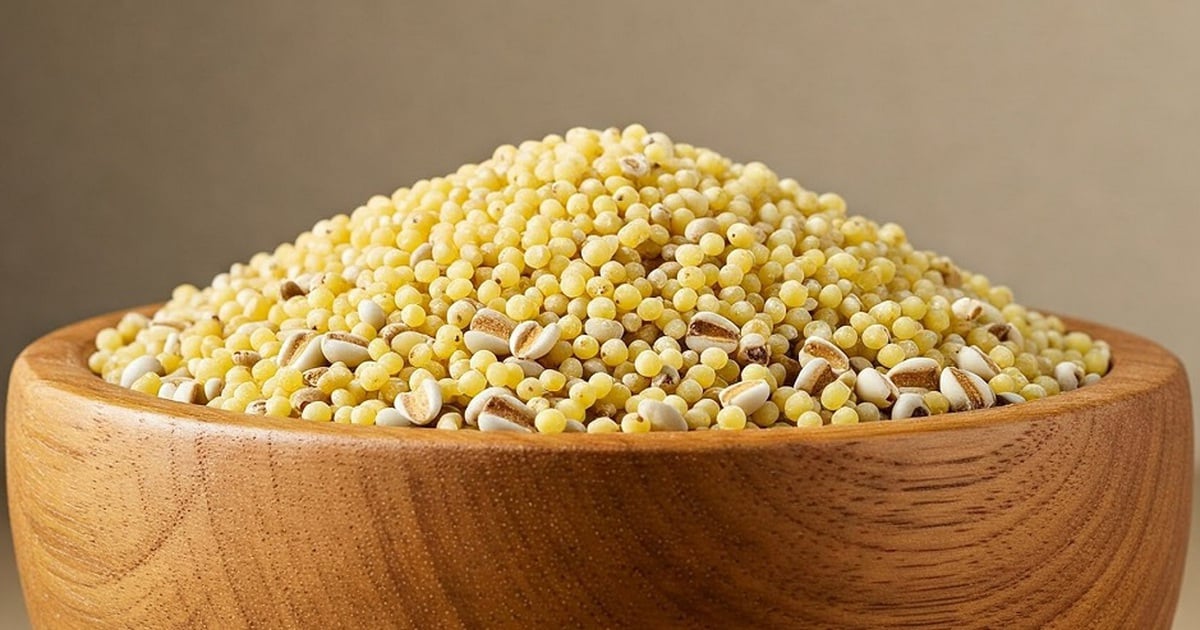
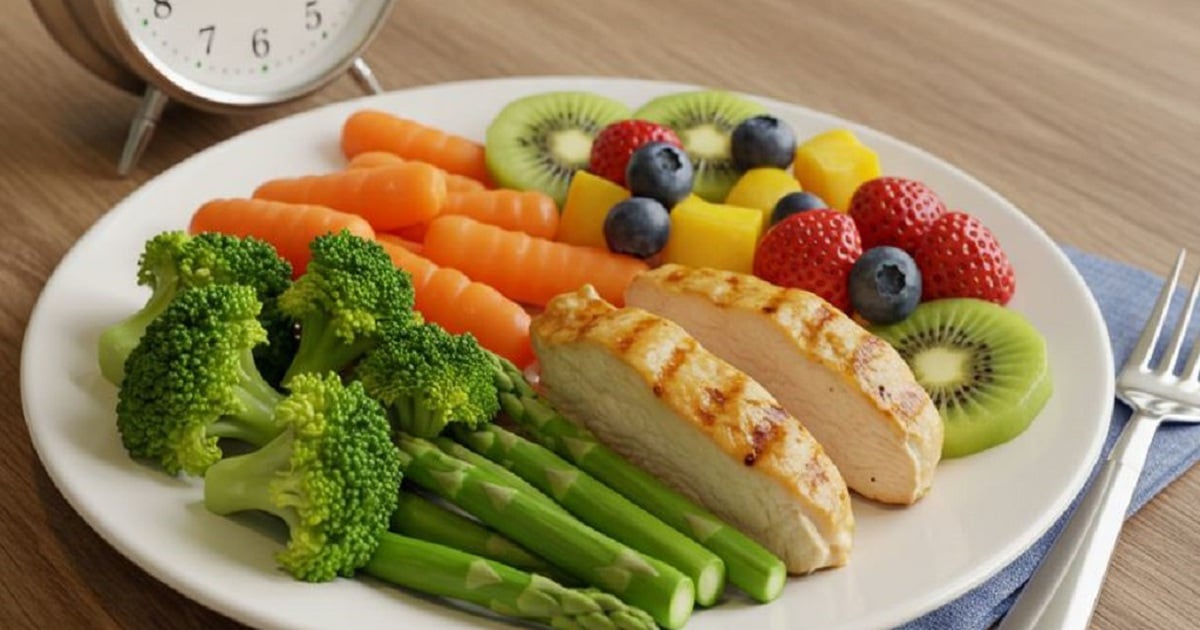







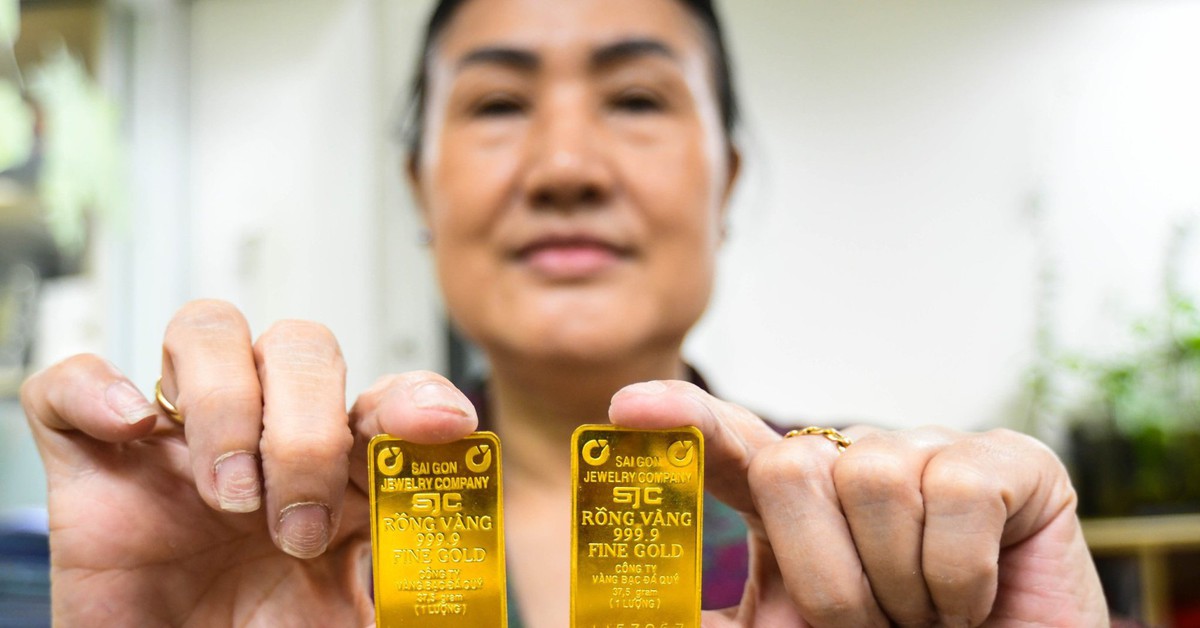
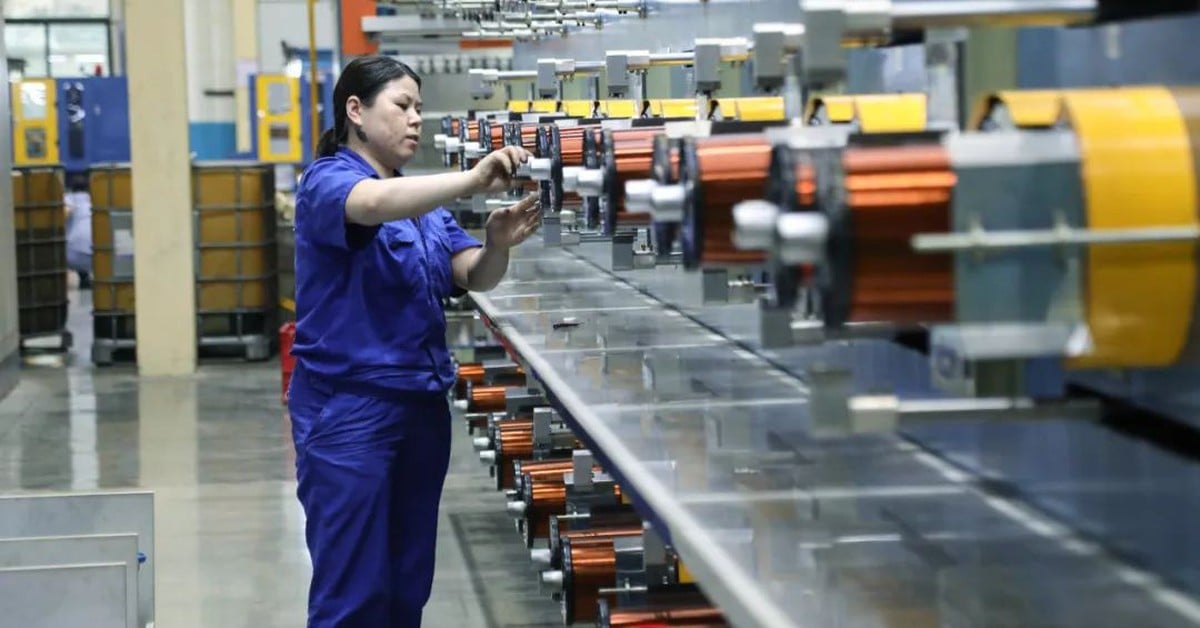

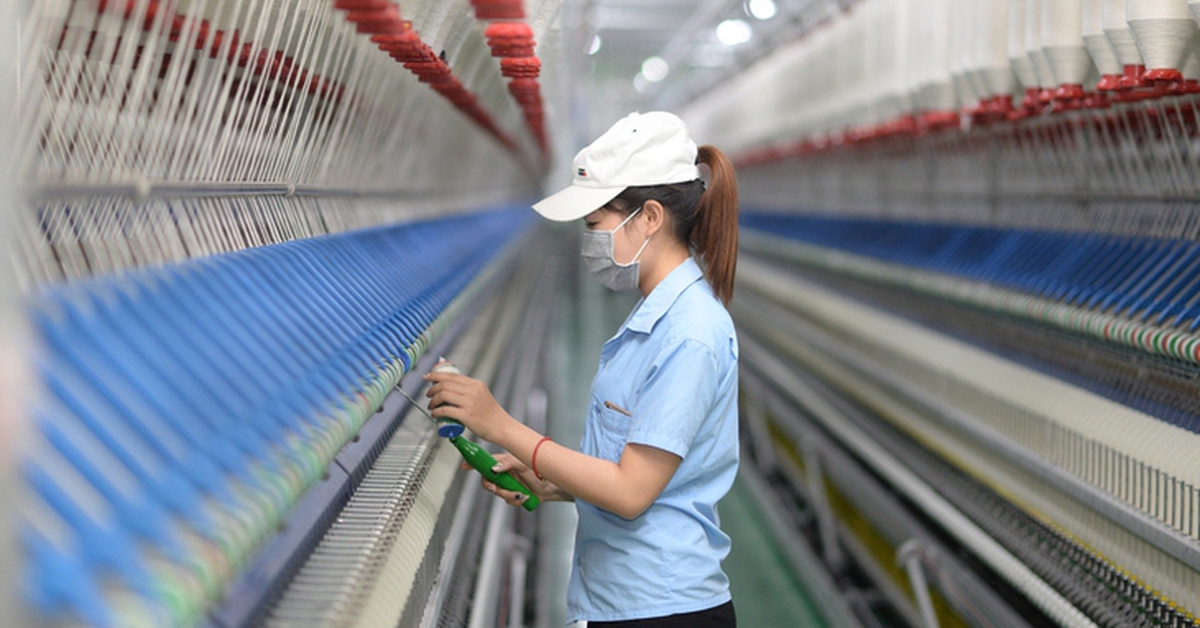

![[Photo] Summary of parade practice in preparation for the April 30th celebration](https://vstatic.vietnam.vn/vietnam/resource/IMAGE/2025/4/11/78cfee0f2cc045b387ff1a4362b5950f)














































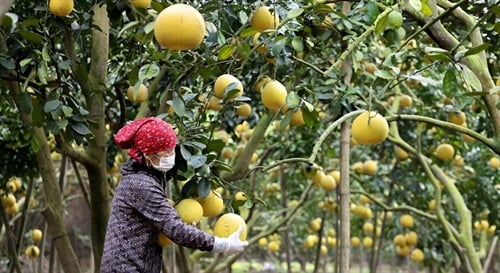












Comment (0)